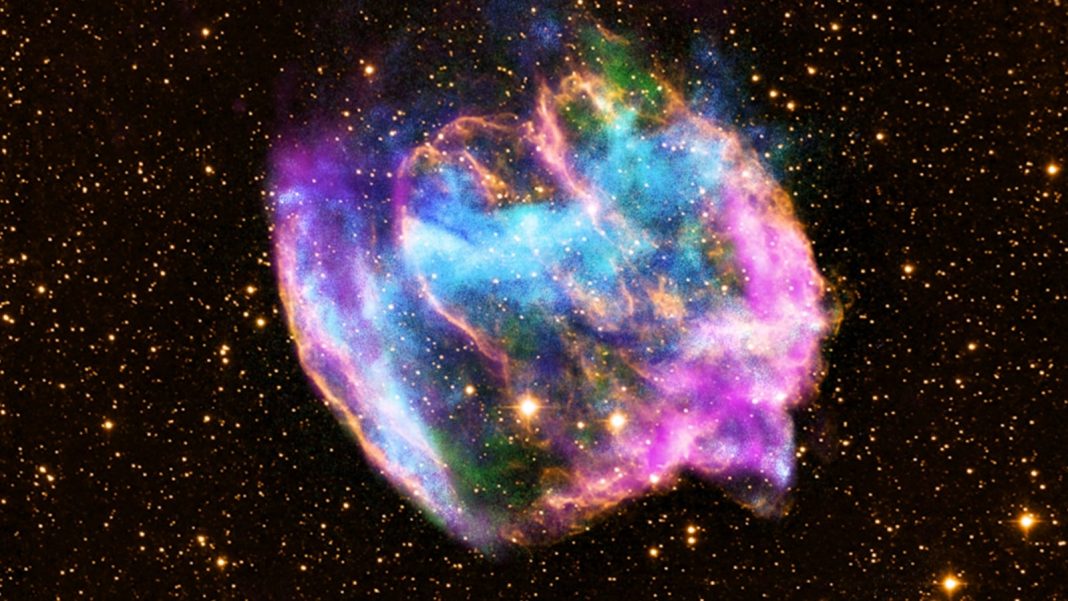While science has come a long way, our knowledge about the space outside of our planet is very limited. Scientists have always wanted to study and understand the vastness of the night sky, but the lack of resources has been a serious limiter. Among them is the puzzle of a supernova. A supernova is a massive explosion of a dying star. Astronomers have theorised the functioning of supernova but we don’t really know what causes it and what happens during or right after a supernova explosion. Well, this was true until very recently as a new study might have found the first evidence of a supernova explosion on Earth. Yes, the evidence can be found right on our planet. According to a group of researchers, the truth is hidden behind a stone named Hypatia. Also read: Earth has too much Gold and nobody can understand why – astronomical perplexity The Hypatia stone, named after the fourth-century female mathematician and philosopher, is a mysterious stone which was discovered in Egypt in 1996. This 1.3-inch wide pebble sized stone had puzzled scientists for decades. Why? Because its geological signature did not match any similar structure found in either our planet or any known meteorite or asteroid. This started a quest for Jan Kramers and Georgy Belyanin, two researchers in the University of Johannesburg to spend a decade studying Hypatia and uncovering its secrets. And finally, they have published a study in the journal Icarus, which has concluded that Hypatia could be a product of a supernova and tangible evidence of the never studied before explosion. Also read: Looking for a smartphone? To check mobile finder click here. Hypatia could be the first ever evidence of a supernova explosion on Earth Hypatia had a unique structure that made it unlike any geological formation on the planet or around the solar system. Hypatia had microscopic diamonds in different layers of its body. Further, it was also assumed that the stone could predate the formation of the solar system itself. For researcher Kramers and Belyanin, the first task was to peel the different layers of the stone to see what they were dealing with. Also read: James Webb Space Telescope in home stretch of tests; early NASA photos are stunning “We identified 15 different elements in Hypatia with much greater precision and accuracy with the proton microprobe. This gave us the chemical ‘ingredients’ we needed, so Jan could start the next process of analysing all the data,” Belyanin told Weather.com. “We found a consistent pattern of trace element abundances that is completely different from anything in the solar system, primitive or evolved. Objects in the asteroid belt and meteors don’t match this either. So next, we looked outside the solar system,” he added. Studying its composition and eliminating the celestial suspects, the researchers came to a common conclusion of a very rare Supernova type Ia explosion. The type Ia is a kind of supernova explosion that occurs in binary systems in which one of the stars is a white dwarf. So, in a way, the first tangible evidence of a supernova explosion on Earth was within the grasp of scientists. “In a sense, we could say, we have ‘caught’ a supernova Ia explosion ‘in the act,’ because the gas atoms from the explosion were caught in the surrounding dust cloud, which eventually formed Hypatia’s parent body,” Kramers said.
Top Trending
Wednesday, July 23, 2025



